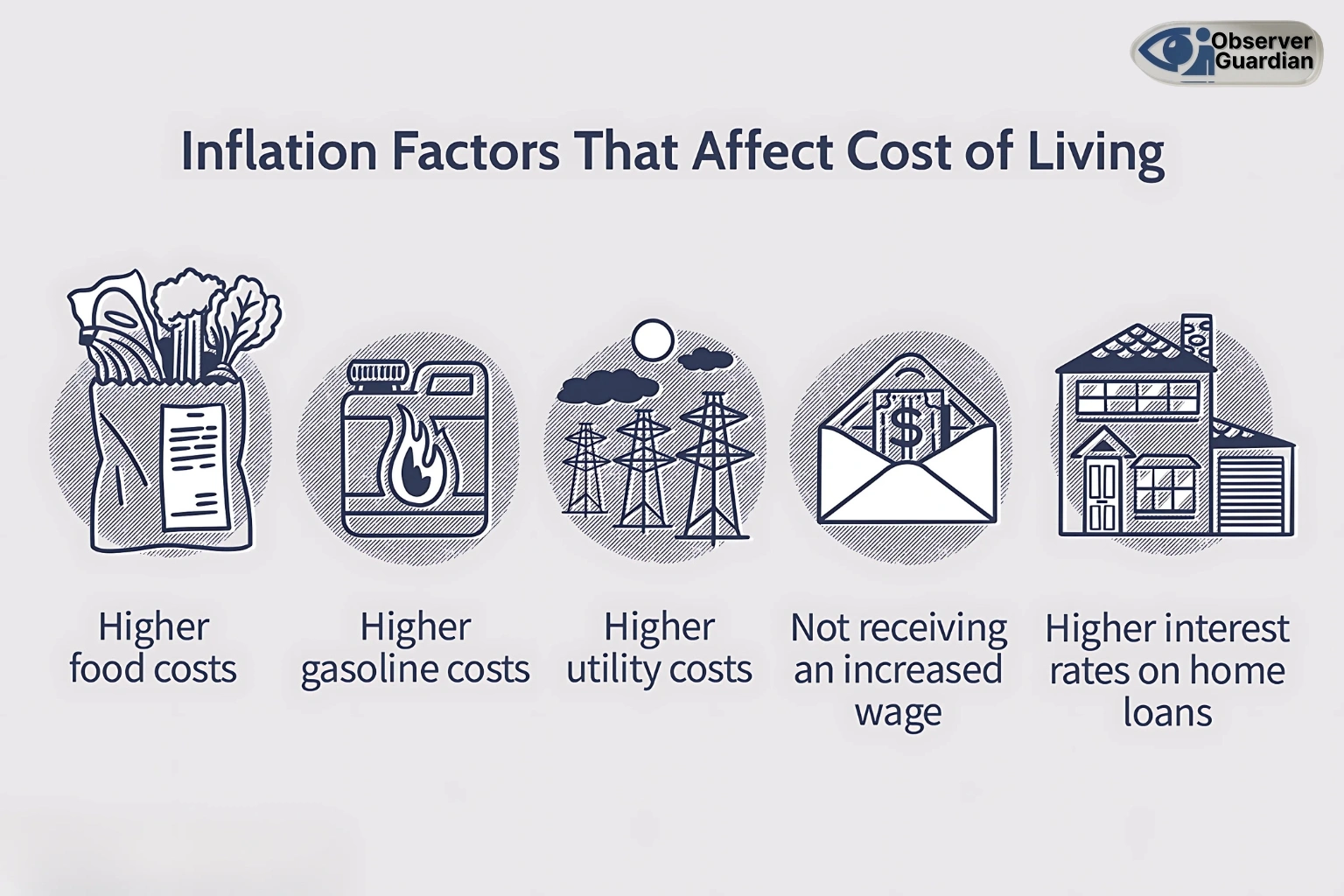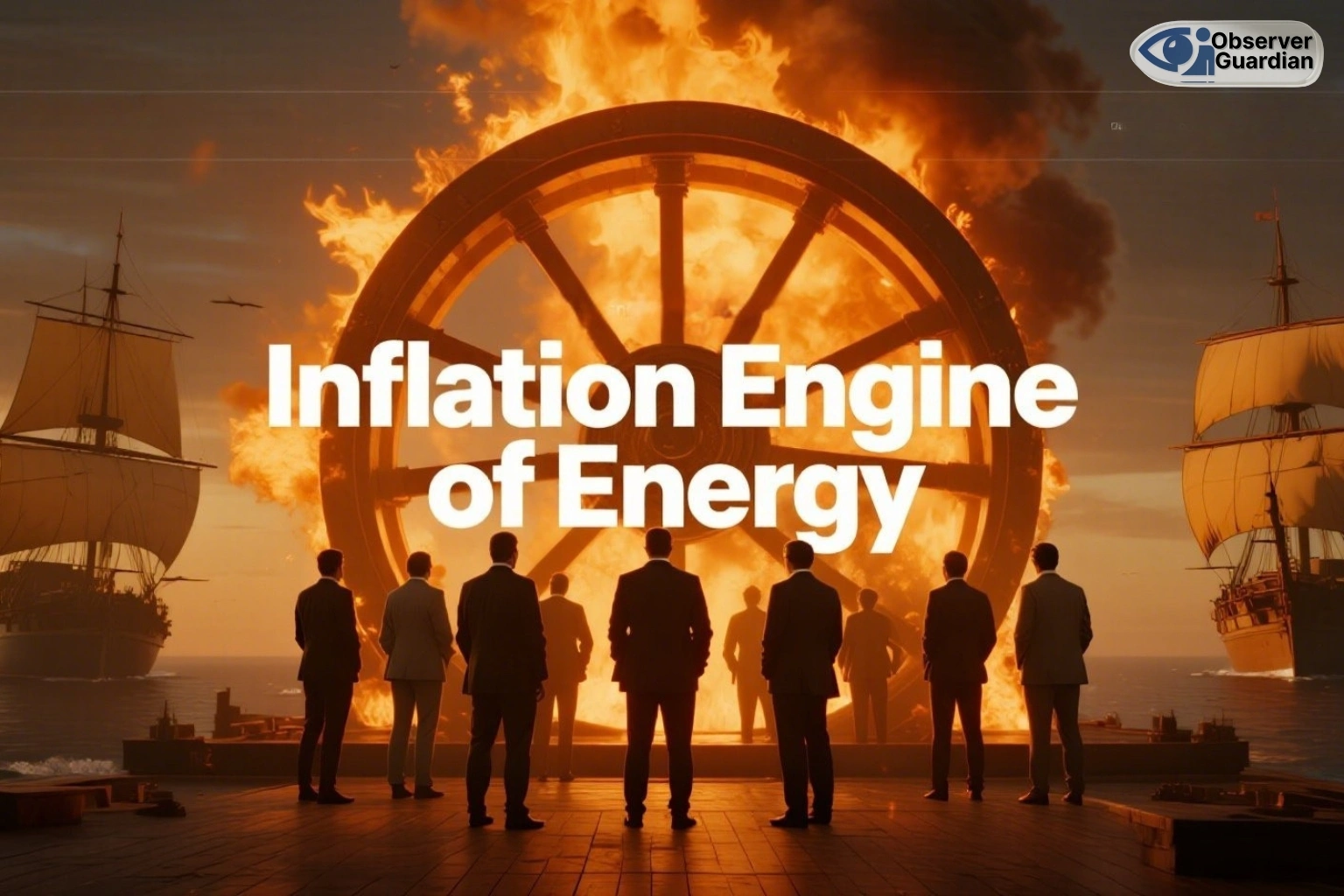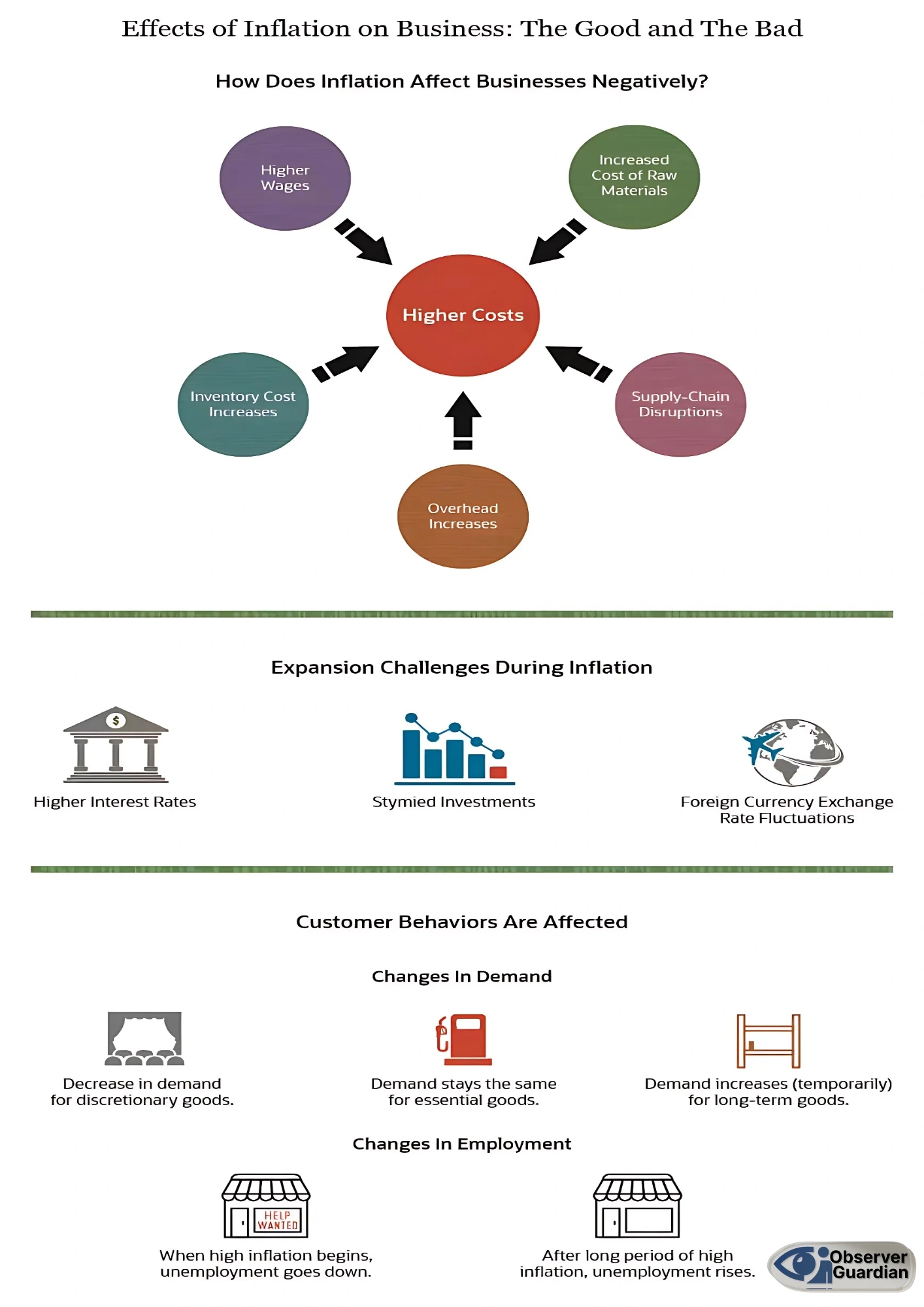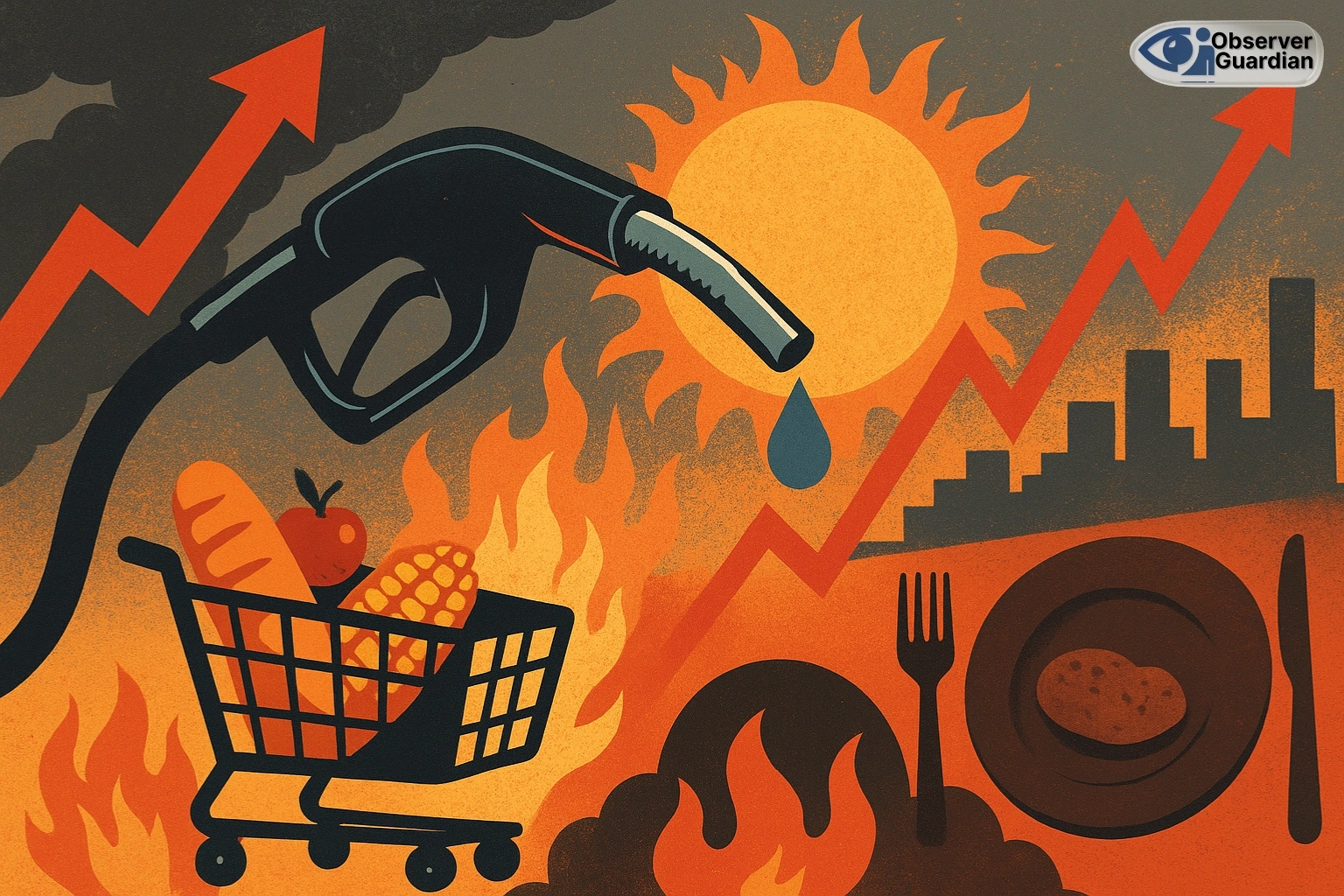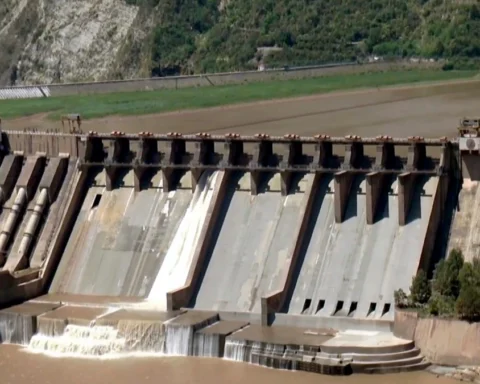Vicious Cycle High Prices
Squeezed by every one of us. We open our gloomier wallets in both senses of the world, every time we come back after shopping at the grocer’s. Fueling the vehicle is now a huge fortune. This is not merely localized. It is a worldwide crunch affecting homes in the busy urban centers of Europe as well as the colorful towns of Latin America. Citizens are concerned and expecting solutions. The solution is not so easy, however. It is a complicated set of interactions that is in place. However, there is a major offender in causing this pain. Energy is directly driving an inflation fire globally and the cost is skyrocketing. As a result, the savings of people are going up in flames and the balance of families residing everywhere is at stake.
Inflation Engine of Energy
The energy market is at the core of our contemporary economic turmoil. The world energy costs have rocketed high. The escalation did not take place in one day. It is an outcome of several concurring issues. First, the world came out of the pandemic and the energy demand quickly sprang back. Moreover, large geopolitical tensions have broken important supply chains. To cite just one example, the war in Ukraine had a disastrous effect on natural gas flow into Europe. Due to this, nations rushed to seek new sources. This international race over the scarcity of resources logically increased the prices all over.
The effects of the costly energy are fast and far reaching. Consider the way your local store is supplied with goods. Fuel is used by trucks, ships, and aircraft. Transportation businesses must increase price of transport when fuel is high. Hence the cost of virtually every real product you purchase rises. Moreover, the major input in almost all industries is energy. Industries require huge energy sources to power the machines and manufacture products. When costs of power and gas in these factories increase, they transfer the increment directly to consumers. This forms an influential ripple effect. An increase in energy prices causes an inevitable rise in prices of clothes, electronics, and construction materials. To put it briefly, the economy of the whole world relies on energy. As energy costs go up, everything goes up as well.
The Gas Pump to the Dinner Plate
Probably the most agonizing relationship between ordinary people is the relationship between energy and food prices. It is a cause and effect factor, which translates an energy market issue into a domestic affair at the dinner table. Contemporary agriculture is a very energy intensive technology. A good example is the fertilizer through which our crops are grown. Most fertilizers used today have natural gas as one of their fundamental ingredients. In its turn, this leads to the fact that where the price of natural gas rises to an extremely high level, the cost of fertilizer production increases as well.
This puts farmers in a distressful situation. The farmers may either absorb the increased cost of the fertilizer to reduce their already meager profits, or they may have less of it. Reducing the number of fertilizers means lower harvests and yields. Both the consequences end up increasing the prices of food for the consumers. Besides, fertilizer is not the only problem. The machines used on farms such as combines and tractors use diesel. Electricity is used in systems that irrigate the fields. After one harvest of the food, it must be transported. The usage of refrigerated trucks that maintain the produce fresh during transport to the supermarket consumes a lot of fuel. Without affordable energy every one of the steps of the food chain between the farm and the fork are threatened. Consequently, price shocks as we experience at the gas pump are soon and inevitably mirrored in the prices charged on bread, vegetables and meat.
A Crisis at Home
Overall, this worldwide crisis is taking a toll on Europe and Latin America especially. The challenges of each region are different. Europe has been used to relying on imported gas. The abrupt wave of the disrupted supplies caused an unprecedented energy crisis. Subsidies have been used by governments to buy off the outrageous energy bills at the cost of billions of dollars. But these are just stopping people, and they would not help in the long run. Such families have been forced to make hard decisions about whether to warm their houses during wintertime and have enough food on the tables. Household budgets are under massive pressure and social tensions are on the increase.
Latin America, however, is encountering another kind of pressure. There are numerous countries in the region which are big exporters of agricultural products. You may reason that good food prices in the world should favor them. However, they also depend a lot on foreign fuel supplied and fertilizer. Thus, they have had a skyrocketing cost of production. That has resulted in the bizarre phenomenon of the food exporting nations incurring intense food inflation at home. Moreover, most of the Latin American currencies have started to depreciate against the dollar. This further increases the cost of fuel importation. Staple foods are turning out to be a luxury to countless families in the region. Political instability is being spurred by this economic suffering, and governments are being pushed to the limit in how to respond to it. The crisis demonstrates that there is nothing like an island region in our globalized world. The waves in the world energy market are transmitted to all parts of this planet, and the most vulnerable groups of people pay the greatest price.
Disclaimer: The views and opinions expressed in this article are exclusively those of the author and do not reflect the official stance, policies, or perspectives of the Platform.

